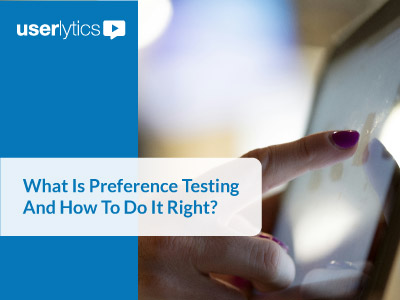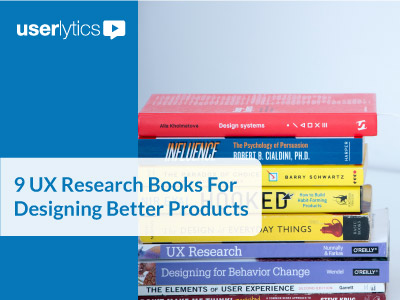What does moviemaking have to do with user experience and usability testing? It turns out that the answer is, quite a lot.
A great user experience design achieves an emotional response. When a user experiences a “wow, that was so easy and intuitive and cool” moment, that is when you know that you have built a great product.
The same is true for a movie or TV series. The ones that work are impacting our emotions, not our reasoning.

So what can we learn from the process of moviemaking, and apply it to the design, development and user experience testing of products and services?
To answer this question, we first need to take a step back and analyze the optimal process of setting up a design, development and user testing process.
The ideal “lean startup” methodology (applicable to building a product as well as a company) involves a lot of trial and error of the business model, the pricing model, the product feature set and the design of the user interface and user experience. A similar philosophy underlies the agile SW development process.
Every user experience & usability test you set up during the early stage design and prototyping phase is a massive opportunity for tweaking the business model, feature set and product and service design.

This is true regardless of whether you are involved in a startup, a new business unit, a new product or the improvement of an existing product and user experience.
Rapid, iterative usability testing, where you can launch small sample tests to your target Personas, receive feedback within hours, change the design based on the learnings, and then repeat, is a process and capability that most businesses aspire to. Surprisingly, this type of rapid iterative user testing is not usually implemented.
How come? Why is that most UX testing occurs at the end of the design and development cycle, rather than throughout the process, from the initial mocks up through to high fidelity prototypes? Perhaps because we are often looking for validation of our fantastic designs and product ideas, or a final sign off prior to launch.
In other words, at that stage of the process, when business pressures are becoming acute and perhaps many delays have occurred with the original timeline, we are hoping that the test will reveal that all is ok and we can launch, rather than expecting to learn and go back to the drawing board, and improve.
But the goal of user testing should never be validation. The mind set and approach used should always be that of learning so as to continually improve in a “Kaizen” mindset.

Photo Credit: Edubirdie.com
We should approach every test in the hope and expectation that we are going to be surprised and challenged by what we discover. That our assumptions and intuition will prove wrong. And, particularly in the case of a startup, that we may discover that our business model is completely upside down.
This is difficult to do. On the one hand, we need passion and confidence in our intuition to fuel the creativity that enables great breakthroughs and innovative designs. On the other hand, we need to be dispassionately open to the possibility that all of our creative ideas are dead wrong.
How do you achieve that? It goes against human nature to be confident, passionate and optimistic about our ideas, and at the same time dispassionately ready to completely change course and throw out what we have created.
This is where we return to the Hollywood model. Regardless of how you value its output from an artistic viewpoint, as a commercial industry they have proven their model over the last 100 years and are the world leaders in their industry.
One of the most important and overlooked reasons is that they separate the role of the creative initiators of every project (Scriptwriters and Directors), from the editors of the projects. The editors (and the business oriented producers whom they report to) are free to edit the creative output of the Directors, or at the very least they have a level playing field of discussion.

And as part of that editing process they rely on a lot of user testing.
Whereas in many other countries the editors are under the thumb of the Director, which makes it very hard to significantly change and edit the project. Most Directors will strongly resist such editing. After spending hours or days creating multiple versions, every scene is like a child, close to their heart, valued intrinsically rather than as part of a whole. They may be ready to tweak them, but eliminate the scene entirely? Very difficult for any Director to accept.
The result is frequently a movie that is too long, with scenes that are boring because each camera shot, each conversation, each shot, is insufficiently cut down to size.

Whereas in a typical Hollywood process, the editor and producers will have no compunction in cutting a 120 second scene that involved multiple persons working for hours and days to 15 seconds or to eliminate it in its entirety.

Like in Hollywood, design, development and user testing can be set up within each organization so as to separate the responsibility of user experience and usability testing from the responsibility of designers and developers. The latter should focus on innovation, ideation, and beautiful and emotionally impactful designs. The former on accepting what works with the user, and rejecting what does not.
If the UX and user testing professionals have an equal say of what comes out of the design and development process, user experience and usability testing becomes a learning and correcting process, rather than a validation process.
And maybe, just maybe, this combination of designers, developers, user experience and usability professionals and product managers, working as a co-equal team with the assistance of the user, will create a blockbuster…





